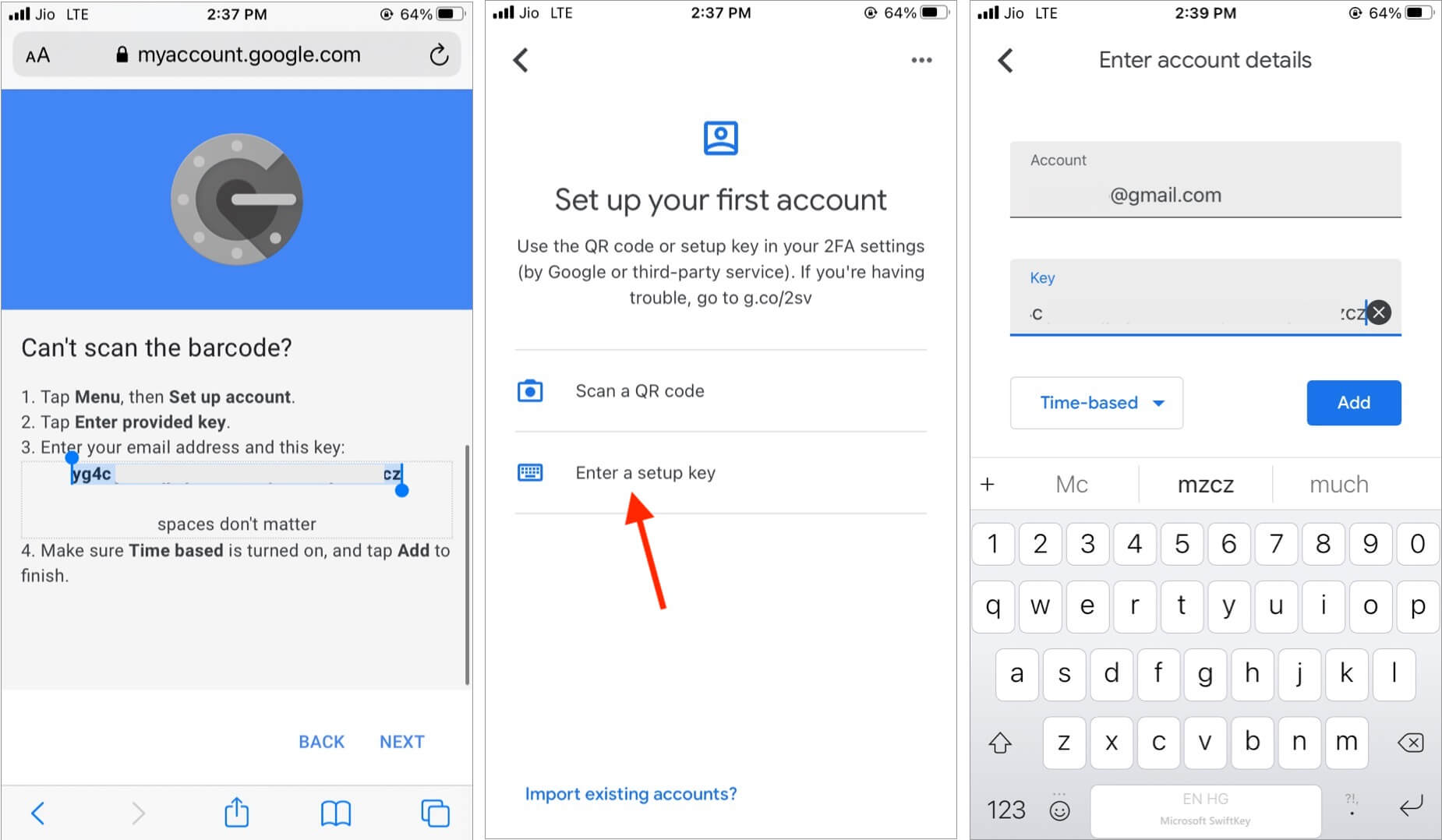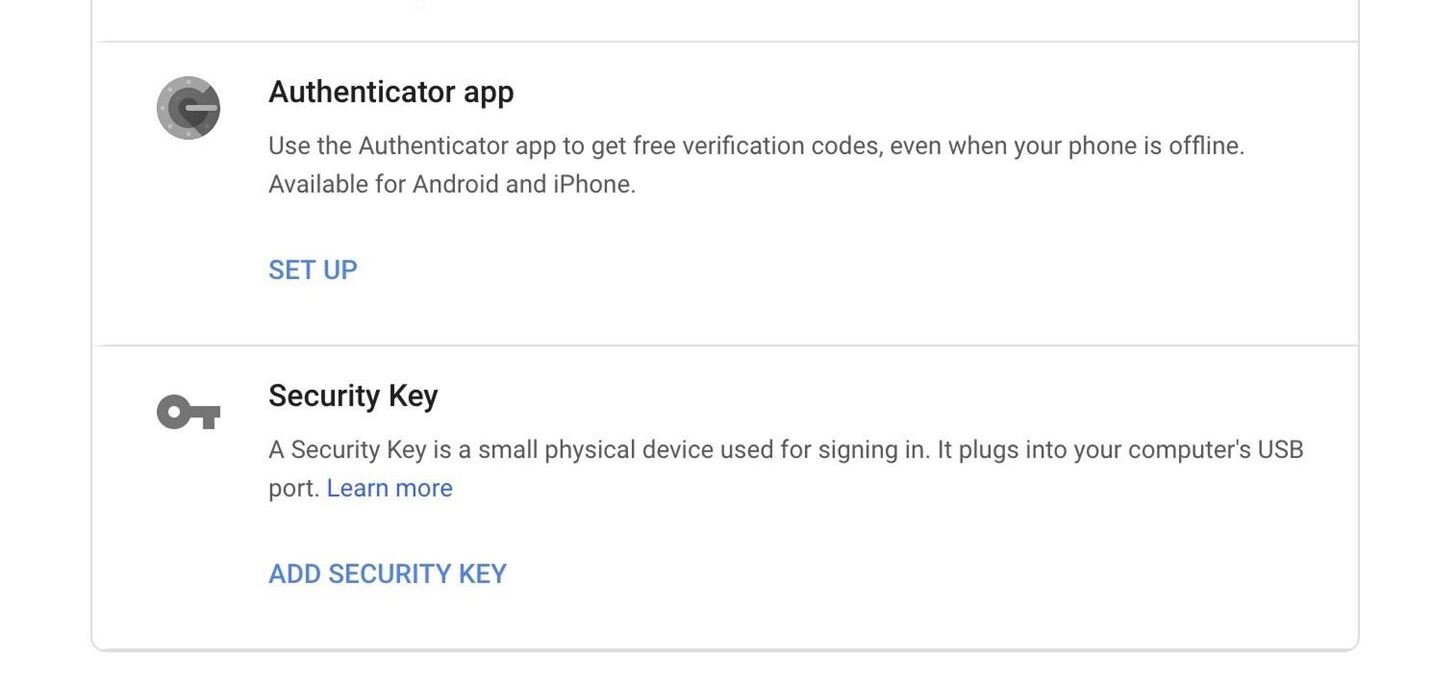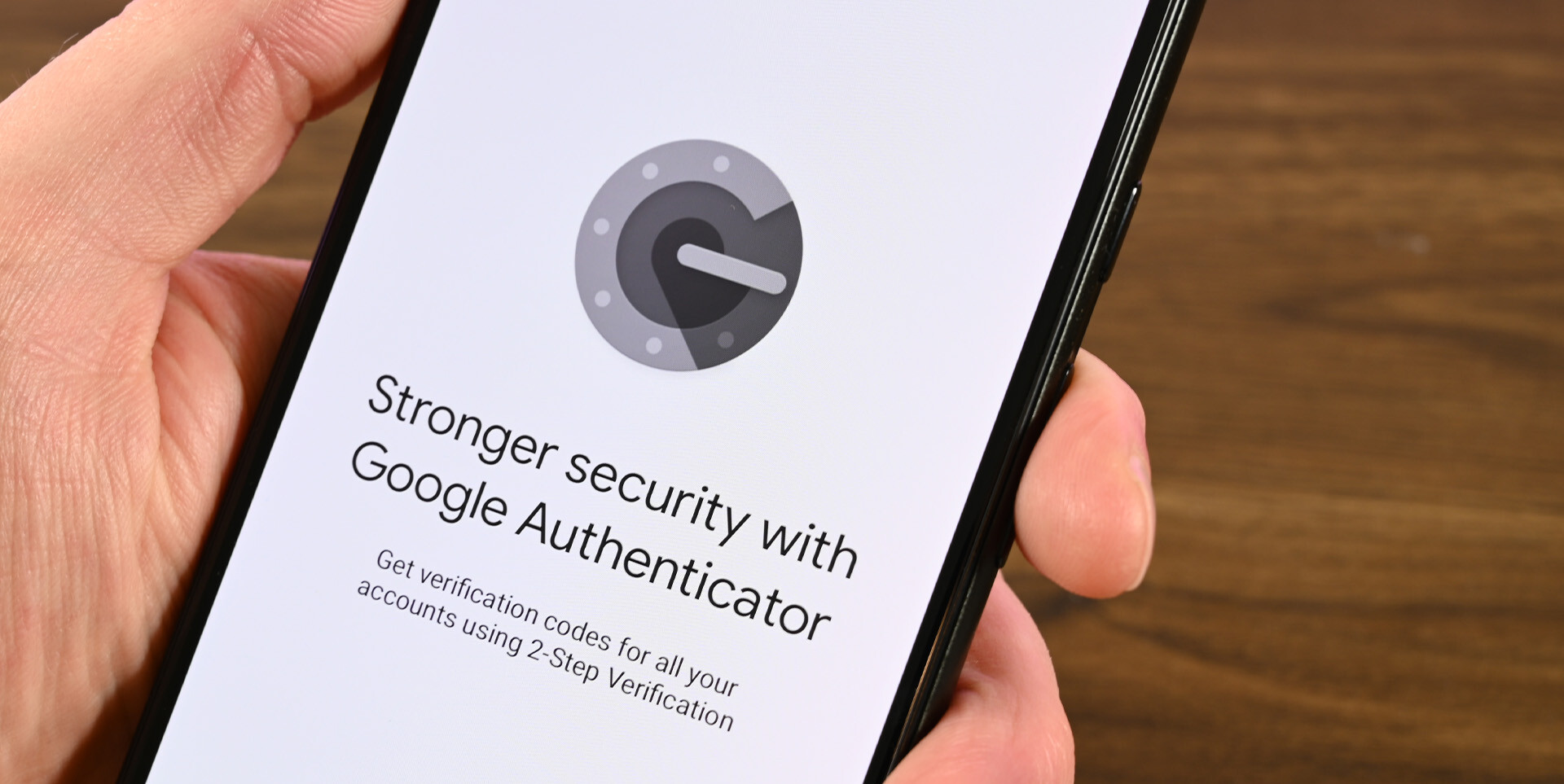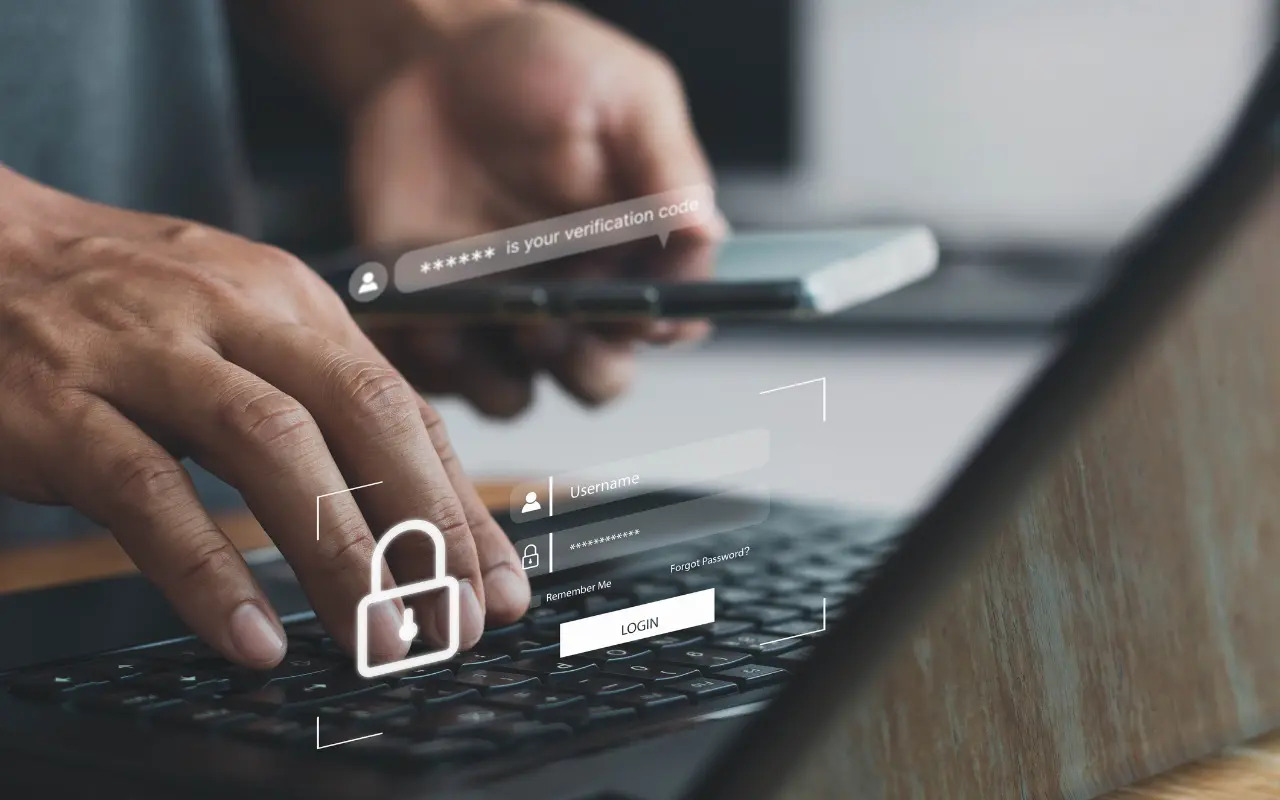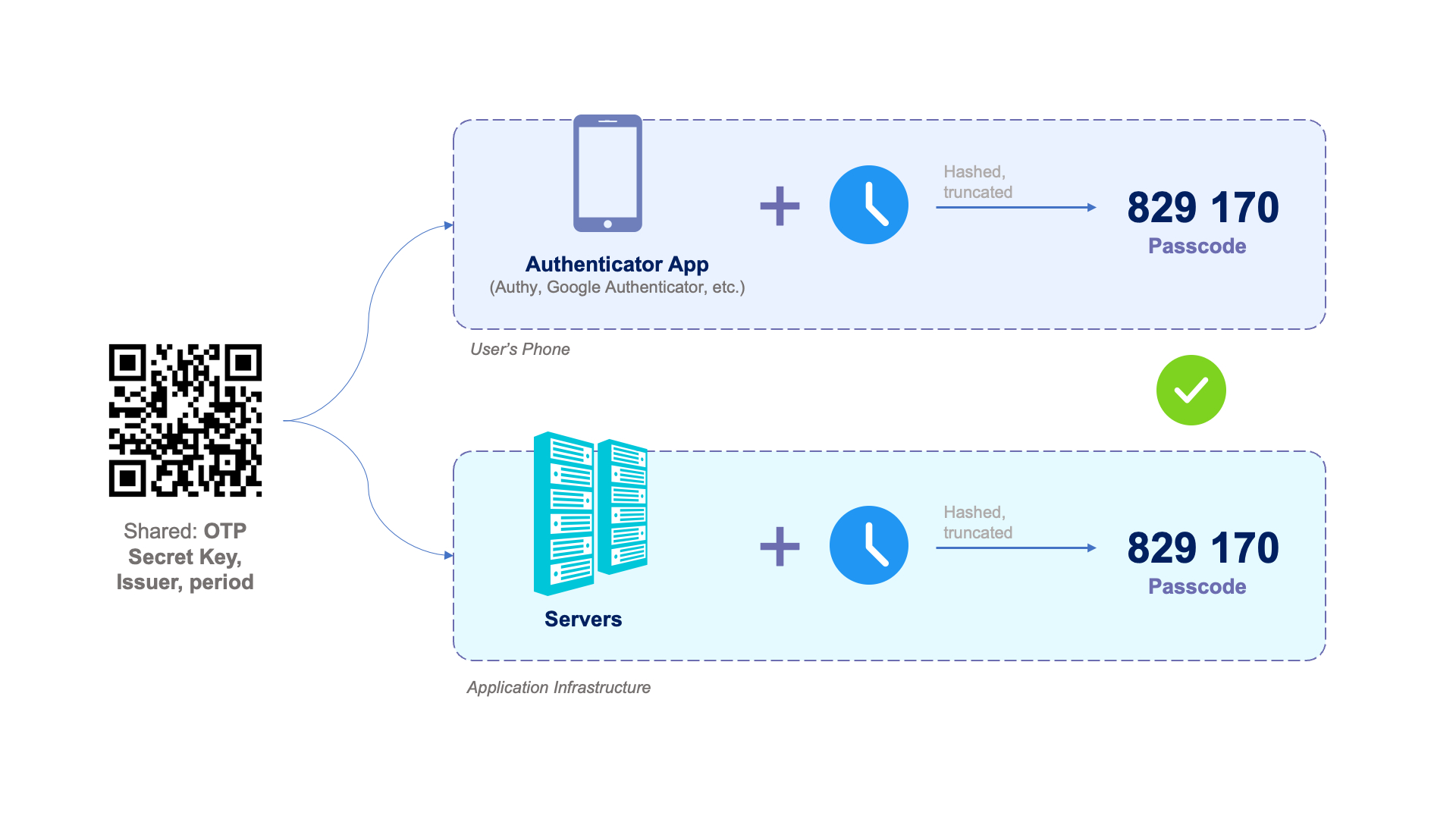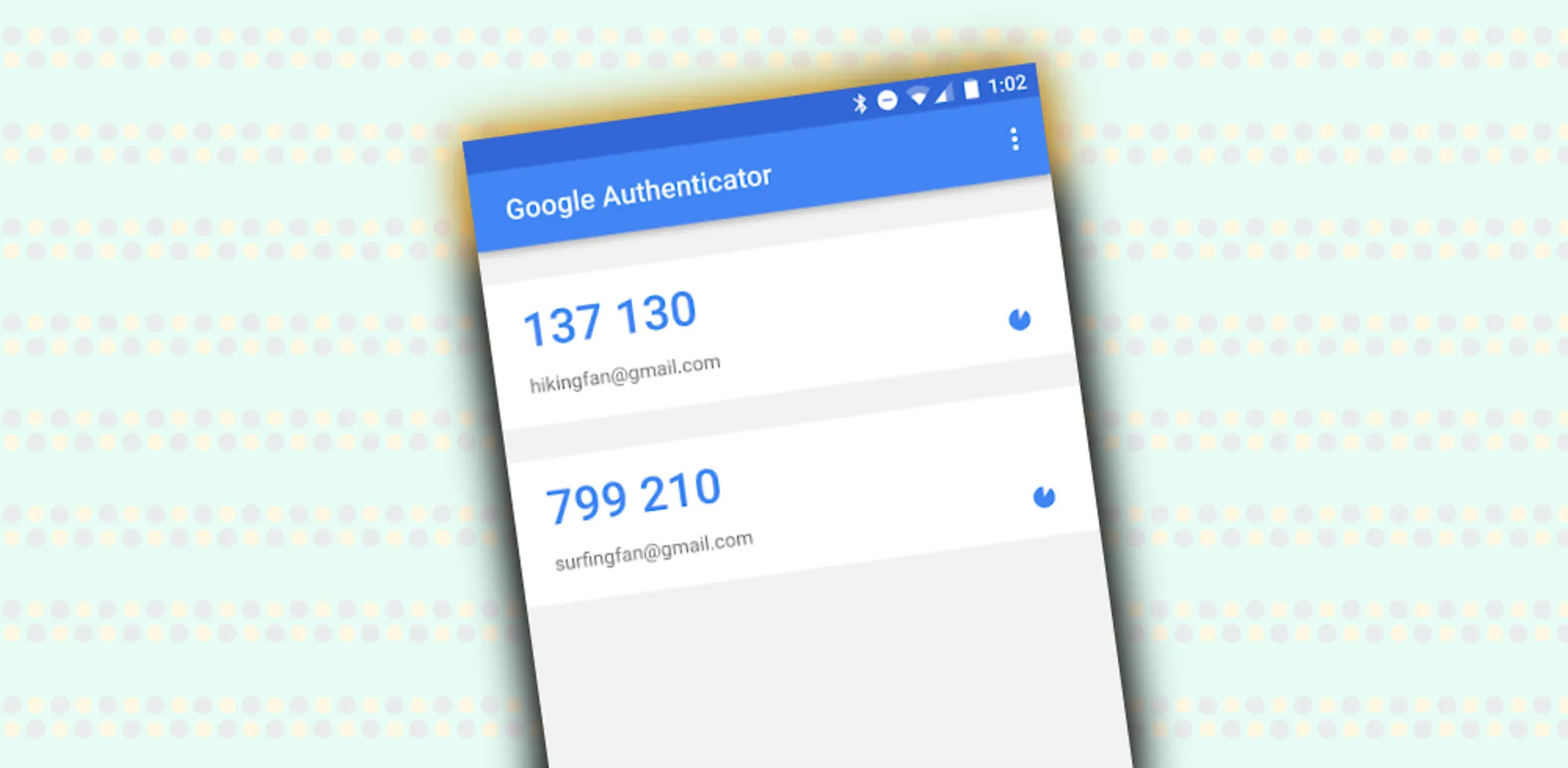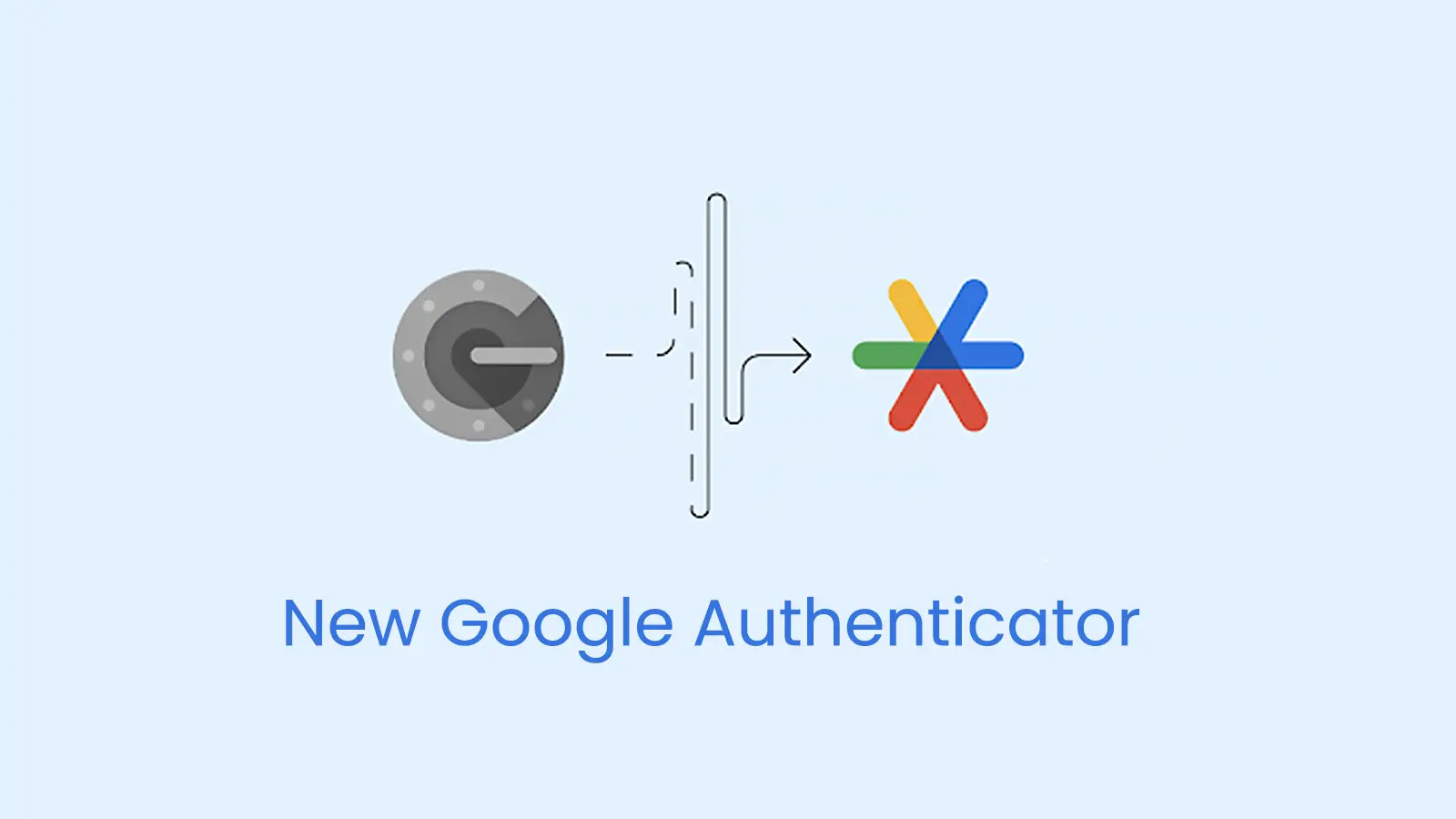Introduction
Welcome to the world of digital security, where protecting our online accounts from unauthorized access is of utmost importance. With the increase in cyber threats, traditional methods of securing accounts, such as passwords, are no longer sufficient. To combat this, multi-factor authentication has emerged as a powerful tool, and one of the most popular solutions available is Google Authenticator.
Google Authenticator provides an additional layer of security by utilizing the concept of two-factor authentication (2FA). With just a simple app installed on your mobile device, you can add an extra level of protection to your online accounts. But how secure is Google Authenticator?
In this article, we will explore the ins and outs of Google Authenticator, gaining a deeper understanding of its functionality and examining the security measures it employs. We will also discuss the possible security risks and attacks that users should be aware of. Finally, we will provide some best practices for using Google Authenticator to ensure maximum security for your online accounts.
By the end of this article, you will have a comprehensive knowledge of Google Authenticator and how it can enhance the security of your digital life. So, let’s jump right in and explore the world of Google Authenticator!
What is Google Authenticator?
Google Authenticator is a free app developed by Google that provides an added layer of security to your online accounts. It is available for both Android and iOS devices, making it accessible to a wide range of users.
The main purpose of Google Authenticator is to enable two-factor authentication (2FA) for different online platforms and services. When you enable 2FA, in addition to your regular password, you will also require a unique code generated by the Google Authenticator app to log in to your account.
The app generates these codes using a time-based one-time password algorithm (TOTP). This means that the codes are valid for a short period of time and are constantly changing, enhancing the security of your accounts.
To set up Google Authenticator, you need to link it to your online accounts that support this form of authentication. Once linked, whenever you want to log in to one of those accounts, you will be prompted to enter the code generated by the app.
In addition to its primary function of generating unique verification codes, Google Authenticator also provides the option for users to generate backup codes. These codes can be used as a backup option if you don’t have access to your mobile device or if you lose it.
Overall, Google Authenticator is a convenient and reliable way to add an extra layer of protection to your online accounts. By implementing this app, you can significantly reduce the risk of unauthorized access to your sensitive information.
How Does Google Authenticator Work?
Google Authenticator works based on the concept of two-factor authentication (2FA). When you enable 2FA for an online account, you will need to provide two separate pieces of information to authenticate yourself: your regular password and a unique verification code generated by the Google Authenticator app.
Here’s how the process works:
- Download and install the Google Authenticator app from the appropriate app store for your device.
- Set up the app by scanning a QR code provided by the online account you want to link with Google Authenticator. This step establishes a secure connection between the app and the account.
- Once the app is linked to your account, it will start generating time-based one-time passwords (TOTPs) every 30 seconds. These passwords are unique and constantly changing.
- When you want to log in to your account, besides entering your regular username and password, you will be prompted to enter the verification code generated by the Google Authenticator app at that specific moment.
- Enter the current verification code into the login screen of the account you are accessing within the time limit before it changes.
- If the verification code you entered matches the code generated by the app, you will be granted access to your account. Otherwise, you will not be able to proceed.
By utilizing this process, Google Authenticator adds an extra layer of security to your online accounts. Even if someone manages to obtain your password, they would still need access to your mobile device and the unique verification codes generated by the app to gain unauthorized entry.
The specific implementation of Google Authenticator may vary slightly between different platforms and services, but the underlying principle is the same. It provides a reliable way to verify your identity and protect your accounts from unauthorized access.
Security Features of Google Authenticator
Google Authenticator incorporates several security features to ensure the protection of your online accounts. These features contribute to its reputation as a reliable and trusted two-factor authentication (2FA) app. Let’s explore some of its key security features:
- Time-based One-Time Password (TOTP): Google Authenticator uses a time-based one-time password algorithm to generate unique verification codes. These codes are valid for a short period of time and constantly change, providing an additional layer of security.
- Offline Authenticator: Once you set up Google Authenticator on your device, it can generate verification codes even when your device is offline. This ensures that you can access your accounts securely, even if you don’t have an internet connection.
- Secret Key Encryption: When you set up Google Authenticator for an account, a secret key is generated and stored securely on your device. This key is encrypted and inaccessible to anyone other than the app itself.
- Backup Codes: Google Authenticator allows you to generate backup codes that can be used in case you lose access to your mobile device or can’t generate verification codes. These backup codes provide an additional safety net for accessing your accounts.
- Multi-device Support: You can install Google Authenticator on multiple devices and link them to the same accounts. This flexibility allows you to generate verification codes on different devices, providing convenience without compromising security.
These security features collectively contribute to the robustness of Google Authenticator as a trusted authentication method. With its implementation, you can have peace of mind knowing that your online accounts are well-secured and protected from unauthorized access.
Possible Security Risks and Attacks
While Google Authenticator is a reliable and widely-used two-factor authentication (2FA) app, it is important to be aware of possible security risks and attacks that users may encounter. Understanding these risks can help users take appropriate precautions to safeguard their online accounts. Here are some potential security risks and attacks:
- Phishing Attacks: Phishing attacks involve tricking users into divulging their login credentials or verification codes through deceptive emails or websites. Always ensure that you are entering your verification code into legitimate websites and never share it with unknown or suspicious sources.
- Device Loss or Theft: If your mobile device that has Google Authenticator installed gets lost or stolen, an unauthorized person may gain access to your accounts. Make sure to secure your device with a strong passcode or biometric authentication and enable remote wipe functionality if available.
- Malware and Keyloggers: Malicious software can compromise your security by capturing your verification codes or keystrokes. Keep your mobile device and computer up-to-date with the latest security updates and regularly scan for malware.
- Man-in-the-Middle Attacks: In this type of attack, an attacker intercepts the communication between you and the online platform to capture your login credentials or verification codes. Always ensure that you are using secure and encrypted connections when accessing your accounts.
- Account Recovery Vulnerabilities: Some online services may provide options for account recovery in case you lose access to your verification codes. These recovery methods, such as security questions or email verifications, can be exploited by hackers. Make sure to secure your account recovery options with strong and unique credentials.
It is important to note that while Google Authenticator provides an added layer of security, it is not invulnerable to these risks and attacks. Employing additional security measures, such as using strong and unique passwords, enabling device encryption, and regularly monitoring your accounts for any suspicious activity, can further mitigate these risks.
By remaining vigilant and following best practices for online security, you can minimize the chances of falling victim to these security risks and attacks, ensuring the continuous protection of your online accounts.
Best Practices for Using Google Authenticator
To maximize the security and effectiveness of Google Authenticator, it is essential to follow some best practices when using the app. By implementing these practices, you can ensure that your online accounts remain secure and protected. Here are some key best practices to keep in mind:
- Enable 2FA Whenever Possible: Take advantage of Google Authenticator’s two-factor authentication feature for all the accounts that support it. By doing so, you add an extra layer of security to your accounts, reducing the risk of unauthorized access.
- Secure Your Mobile Device: Protect your mobile device with a strong passcode or biometric authentication method. This ensures that even if your device falls into the wrong hands, your accounts are still secure.
- Keep Your Device Up-to-Date: Regularly update your device’s operating system and the Google Authenticator app to ensure you have the latest security patches and bug fixes. This protects against potential vulnerabilities that could be exploited.
- Backup Your Accounts: Generate and securely store backup codes for each linked account in case you misplace your device or can’t generate verification codes. Having backup codes ensures you can still access your accounts in emergency situations.
- Use Strong and Unique Passwords: Avoid using weak or easily guessable passwords for your accounts. Always use complex and unique passwords combined with Google Authenticator to enhance the overall security of your accounts.
- Set Account Lockouts: Many online platforms offer the option to lock your account temporarily after a certain number of failed login attempts. Enable this feature to prevent brute-force attacks that aim to guess your password and verification codes.
- Regularly Review Account Activity: Monitor your account activity for any suspicious login attempts or unfamiliar actions. If you notice any unauthorized access, immediately report it to the respective platform and take appropriate actions to secure your account.
By implementing these best practices, you can strengthen the security of your online accounts and make the most of the protection provided by Google Authenticator. Remember, maintaining good security habits is an ongoing process, so regularly review and update your security practices to adapt to evolving threats.
Conclusion
Google Authenticator is an essential tool for enhancing the security of your online accounts. By utilizing two-factor authentication (2FA) and generating unique verification codes, it significantly reduces the risk of unauthorized access. Throughout this article, we have explored the various aspects of Google Authenticator, including its functionality, security features, possible risks, and best practices.
With its time-based one-time password (TOTP) algorithm, Google Authenticator generates constantly changing verification codes, ensuring that only authorized individuals can access your accounts. Its offline functionality and multi-device support enhance convenience without compromising security.
However, it is crucial to be aware of potential security risks and attacks, such as phishing attempts and device loss. By following best practices, such as enabling 2FA whenever possible, securing your mobile device, and using strong and unique passwords, you can further strengthen the security of your accounts.
Remember, the security of your online accounts is a shared responsibility. Stay vigilant, regularly monitor your accounts for any suspicious activity, and report any unauthorized access immediately. By staying informed and following security best practices, you can leverage the power of Google Authenticator to safeguard your digital life.









